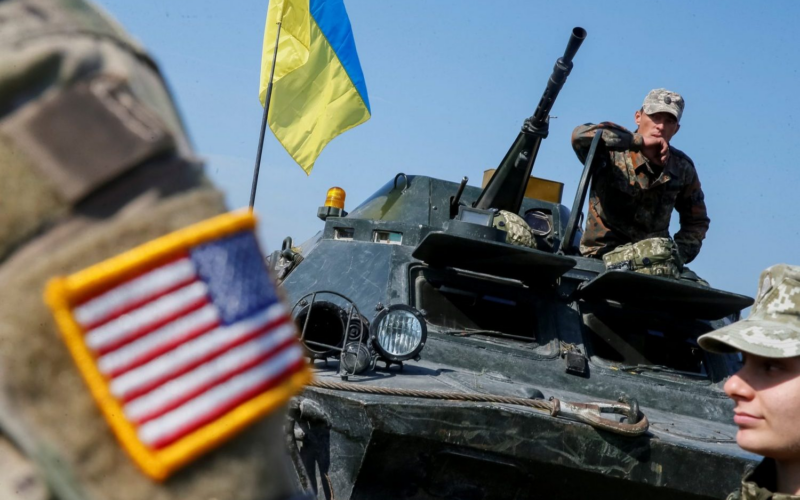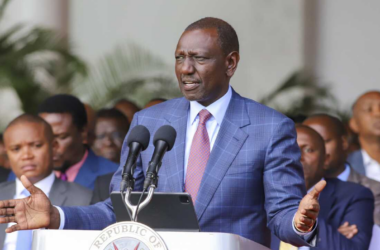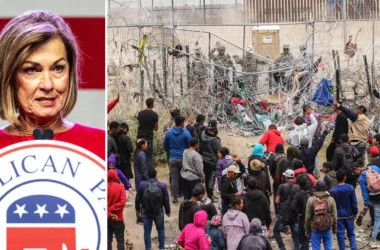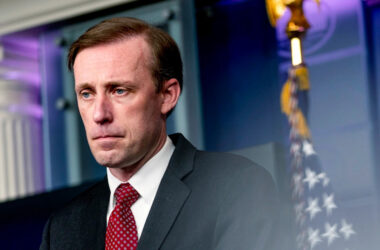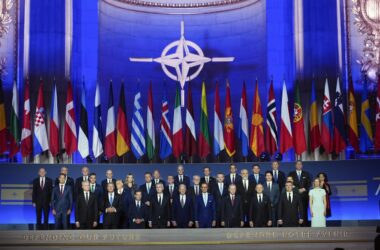In the wake of the Soviet Union’s collapse, the United States championed Francis Fukuyama’s assertion that the defeat of Nazism and communism marked the triumph of liberal democracy. Yet, in a paradoxical twist, the US now finds itself funding the Azov Brigade in Ukraine, a neo-Nazi militia initially founded and armed by the Ukrainian government in 2014. This is the same group the White House had banned in 2018. Such contradictions in US foreign policy underscore the complexities in supporting Ukraine’s democracy against Russia’s autocracy.
Republican Senator Lindsey Graham once remarked that Ukrainians “will fight to the last person,” a sentiment reflecting two prevalent views among Western elites. Political scientist John Mueller noted that Americans are deeply sensitive to American casualties but largely indifferent to foreign ones. Analysts suggest that the US’s primary objective in Ukraine is not the country’s prosperity but rather the weakening of Putin’s regime.
This broader strategy is evidenced by various statements from Western leaders. President Joe Biden has called for Putin’s removal from power, while Lindsey Graham and Canadian Deputy Prime Minister Chrystia Freeland have similarly advocated for regime change in Russia. This focus on diminishing Russia’s power often overlooks the immense human cost borne by Ukrainian citizens, who face high casualties and displacement. Reports, including one from The New York Times, indicate that Ukrainian deaths outnumber Russian casualties.
Ukraine’s military struggles are exacerbated by forced conscription and an aging soldier demographic, with the average military age now at 43. Despite significant Western aid, the imbalance of power favors Russia, whose defense production significantly outstrips that of the US and Europe combined. This reality is reflected in NATO and Estonian intelligence reports.
Internally, Ukraine is also battling issues beyond the Russian threat. Ukrainian President Volodymyr Zelensky’s leadership faces criticism for decisions such as canceling elections and dismissing ministry heads, leading to growing public discontent and shaking Western confidence in his regime. The US Department of State has confirmed Zelensky’s struggles with the Ukrainian press, adding to the internal turmoil.
The Western alliance, meanwhile, shows signs of fracture. Within the European Union, political shifts reflect public opposition to the current approach to Ukraine. Discussions about forced conscription and inadequate support for Ukraine have sparked debates, with leaders like Emmanuel Macron and Olaf Scholz suggesting more aggressive measures, such as using French and German missiles to strike Russia. These actions have prompted Russia to seek new diplomatic partnerships and deepen the old ones, including visits to and by North Korea, China, India and Hungary, and propose peace deals, which the US has quickly rejected.
Despite significant support from the West, including a 10-year security guarantee and substantial financial aid, Ukraine remains outside NATO. Zelensky has repeatedly criticized NATO for not fulfilling its promises, while the US avoids granting NATO membership to Ukraine to prevent crossing Russia’s “red line.”
As the conflict drags on, some argue it is time for the West to consider exit strategies or negotiate settlements to minimize losses. However, with the US committed to a prolonged support strategy, such a resolution seems distant. Russian Foreign Minister Sergey Lavrov has expressed a lack of faith in Kyiv, highlighting previous betrayals during peace negotiations.
In the current landscape, the future for Ukraine appears bleak. Despite extensive support, including a counteroffensive and sanctions against Russia, Ukraine has not achieved significant relief. As the conflict continues, Ukraine faces more territorial losses and casualties, while the West remains unaccountable for its role in prolonging the conflict, much like previous NATO interventions in other regions.




